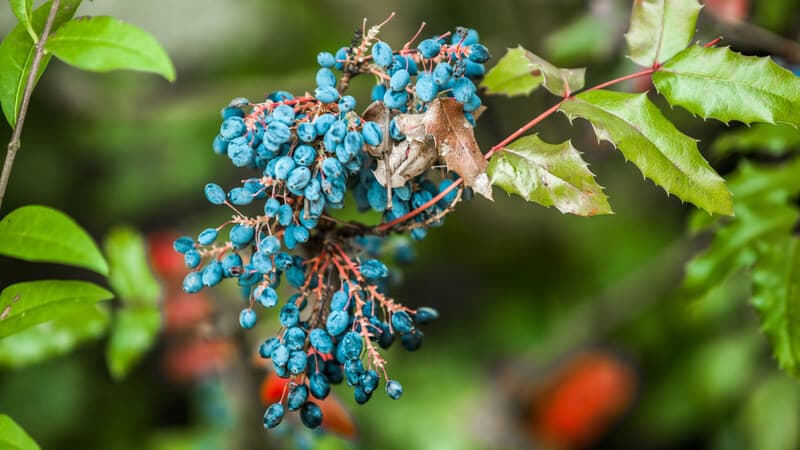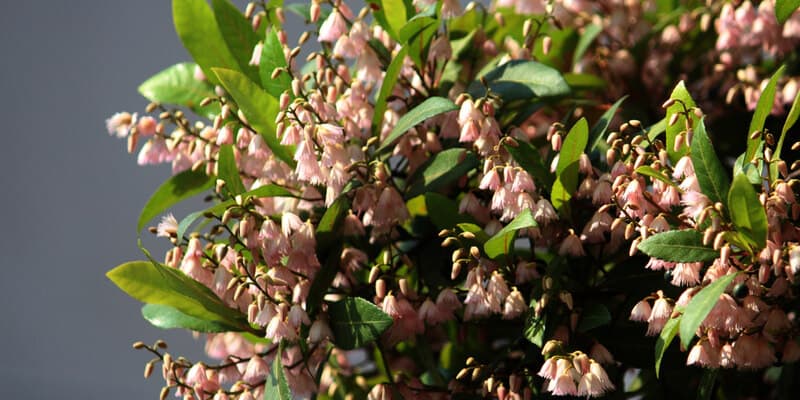If you’re on the east coast and want a feature tree in your garden, look no further than the Blueberry Ash (Elaeocarpus reticulatus).
This fast-growing small tree – or tall shrub, depending on your perspective – is endemic to Australia.
It can be found along the east coast from Fraser Island in Queensland to Flinders Island in Tasmania. It’s a popular street tree since this hardy plant needs little maintenance.
Elaeocarpus reticulatus trees thrive best in sandy or loamy, well-drained soil that’s neutral to acidic. They bloom from spring to early summer, then produce blue berries that can last until the next flowering season. Plant them anywhere from light shade to full sun. They tolerate light frost, but will grow better in subtropical to warm temperate climates. Prune plants only if used as hedges.
If you’re interested in growing Australian native plants in your garden, here’s a guide to growing a Blueberry Ash tree and caring for this low-maintenance plant.
About The Blueberry Ash
Blueberry Ash (Elaeocarpus reticulatus) trees are rainforest trees that grow mostly in mainland southeastern Australia.
These native plants are an evergreen species that can grow as either a small tree or a tall shrub.
They bear fruit almost year round, beginning summer after flowering and lasting well into winter. The fruit often lingers into the next blooming season.
The blue berries resemble olives, but are not particularly pleasant for human consumption.
How tall does a Blueberry Ash grow? If left to grow for itself, this tree can reach 8-10m in height.
In spring to early summer, these Australian plants produce soft, frilly pink or white flowers. The leaves are also attractive, growing in bronze and pink, then changing to green as they mature.
And it’s not just people who appreciate a Blueberry Ash – its fruits and flowers attract many birds to your garden. (White-headed pigeons are a particular connoisseur!)
Fun fact – the flowers are nicknamed ‘Fairy Petticoats’ for their dainty appearance, which resembles skirts or bells. Their scent is sweet, and reminiscent of liquorice.
Blueberry Ash Growing Conditions

Soil
These Australian plants grow best in sandy or loamy soil that’s neutral to slightly acidic.
They can also tolerate clay soil so long as it drains well and doesn’t become waterlogged.
Light
This feature tree will thrive best in a sunny position.
It is a hardy plant, so it can also grow in light shade or partial shade.
Climate
This tree can handle a light frost, but will not tolerate colder climates.
Blueberry Ash plants grow best in subtropical and warm temperate regions, as well as areas along the coast.

How To Grow Blueberry Ash
It’s best to propagate Blueberry Ash from semi-hardwood cuttings. You can strike cuttings around February, in the warmer growing season.
Prune off a branch with several leaf nodes, at about 15-30cm in length. Trim the bottom leaves off, then dip the cut end into rooting hormone.
Stick the cuttings in a container filled with propagating mix, and water well to help the soil settle.
You can also grow blueberry ash from seed, but germination is slow. It may take two years for a young plant to establish itself.
Blueberry Ash Care
The blueberry ash is a very low maintenance tree, needing little care once established.
You can feed the tree with a native fertiliser while it’s young, but a full-grown Blueberry Ash is fine with organic fertiliser such as mulch once or twice a year.
Water your tree well while it’s establishing itself. Older plants can tolerate drought, but will need extra watering during dry months.
Pruning is unnecessary if you’re growing this plant as a tree. If used as screen hedges or a large container plant, trim your Blueberry Ash after the flowers have wilted.
If you’re unsure of how to prune your plants, or need an expert hand for regular maintenance, book a garden care service to help out!

